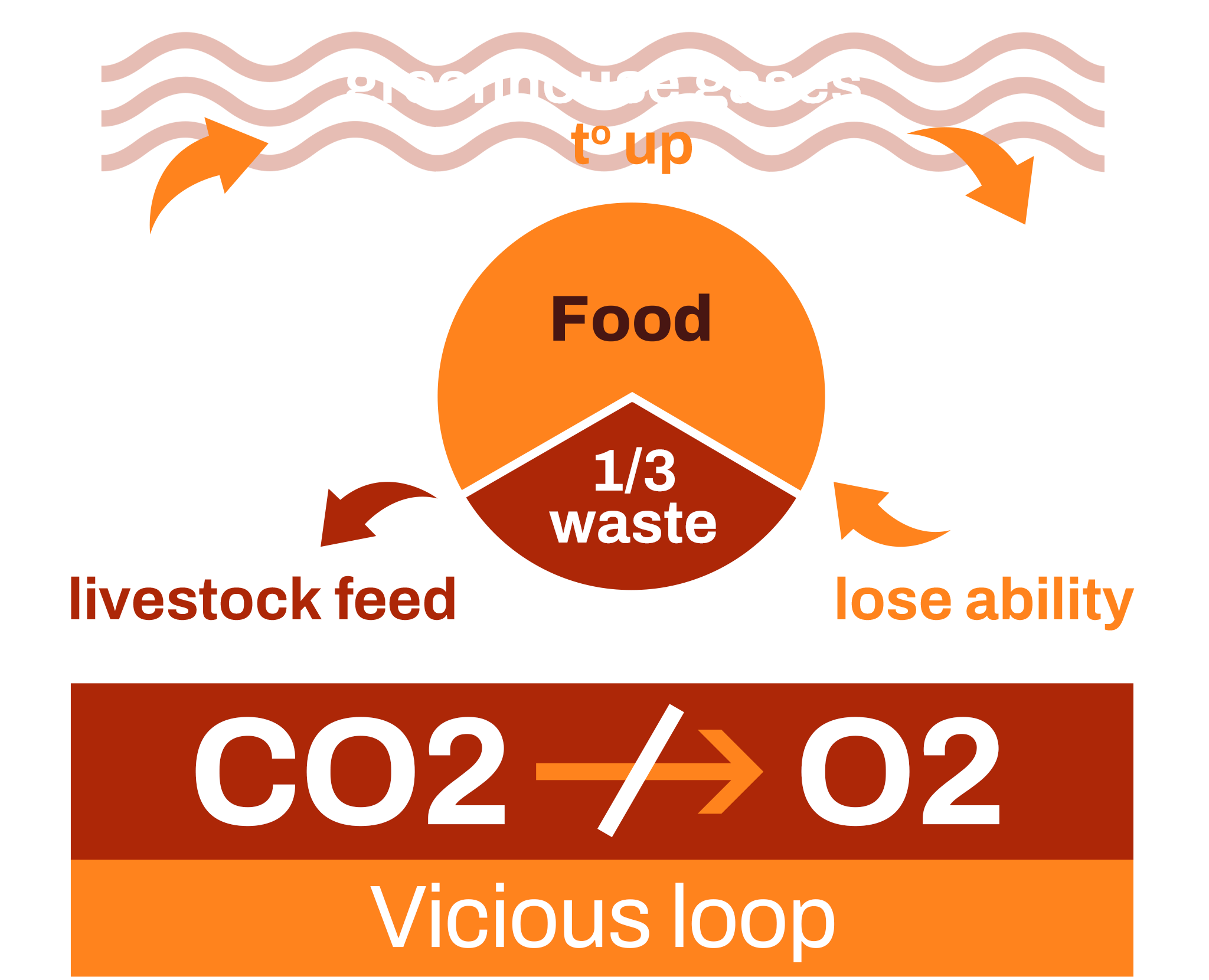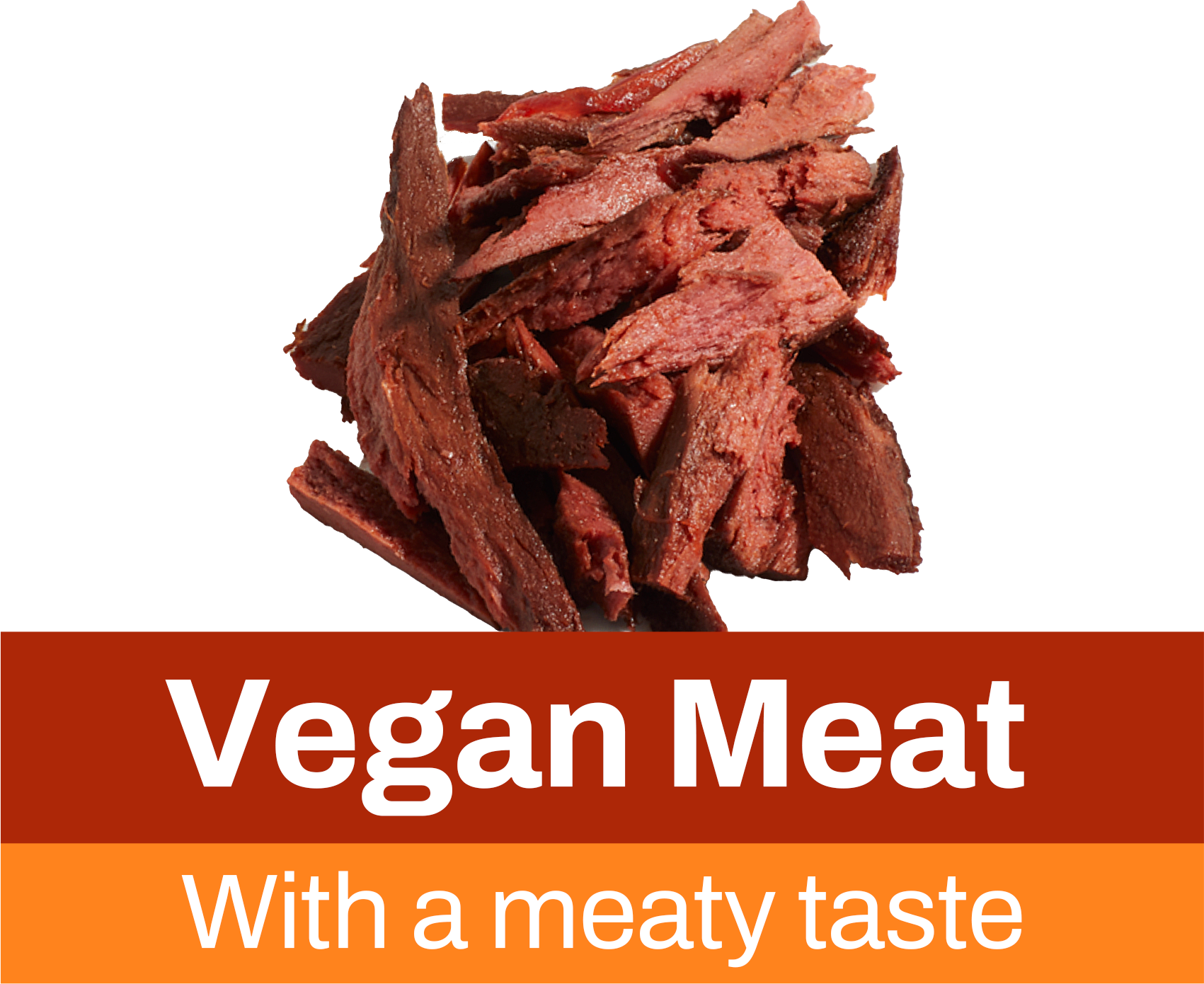
Why?
Help make it available across the country!
Hey there! Welcome to this exciting page where we dive into a topic that's close to our hearts: healthy, sustainable meals for our fast-paced lives. Let's face it, our busy schedules make it challenging to whip up three meals a day like our parents used to. We need something that's easy to cook, nutritious, and made sustainably. That's where our story begins.
About a decade ago, we came up with a fantastic drink that packed in all the essential nutrients our bodies need. It was a hit! Within just one year, we sold a whopping one million servings. But as we celebrated this success, a thought started to gnaw at us. How sustainable is it to rely on isolated ingredients for our food?
That question led me on a seven-year journey of research and development. I wanted to find more applications and discover a way to make our meals truly sustainable.
You see, when you isolate nutrients from crops, like taking out protein or oil, you end up with a lot of other stuff that gets disposed of—kind of like tossing away an orange peel. Some of these by-products could be sold, but a significant portion ends up being fed to animals, and that alone accounts for a staggering one-third of all crops grown.
Here's the problem: animals emit greenhouse gases, which contribute to global warming. As temperatures rise, our trees suffer, and they lose their ability to convert CO2 into oxygen effectively. It's a vicious loop that we need to break.
We all need to eat to survive, but it's up to us to rethink how we handle these by-products. I thought, what if we could find a way to remove them from this destructive loop? By doing that, we could eliminate the need to feed these by-products to animals, reducing greenhouse gas emissions and combating global warming. Plus, it would take the pressure off our precious trees and animals, allowing us to live in harmony with nature.
So, I focused my research and development efforts on tackling these by-products head-on.
After numerous iterations and countless experiments (you can find all the juicy details on our history page), we finally cracked the code.
We combined two by-products: one from the vegetable oil industry and the other from the fermentation industry - into our first commercial product, which is meat.
But hold on, this is not just any meat. The nutrition in our recreated meat made from these by-products is superior to chicken. It's packed with the same amount of protein, plus fiber, while leaving out the unwanted fat, cholesterol, and sodium. It's a win-win for your taste buds and your health!
The versatility of our whole-cut texture has caught the attention of chefs, who absolutely love it. And guess what? People can't get enough of the taste. We even had the chance to sample our innovative meat at schools across the country, and you won't believe it—7 out of 10 students immediately wanted it on their menu.



